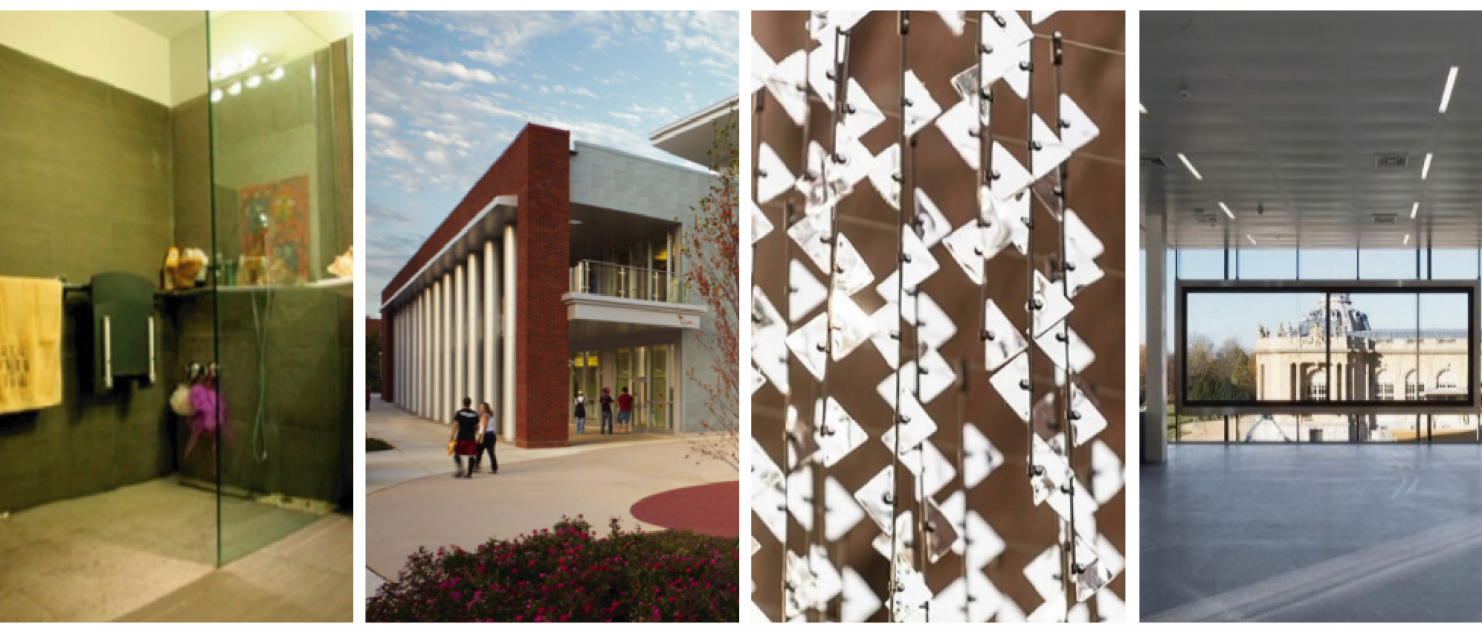Natalia Pérez Liebergesell defends her PhD entitled ‘The difference disability makes: Learning about interactions with architectural design from four architects experiencing disability’
Natalia Pérez Liebergesell cordially invites you to her public PhD defense on Monday, December 14th 2020, at 17:00h CET.
The defense will be streamed live through zoom. You can obtain the link and passcode to access the livestream via Natalia Pérez Liebergesell.
Interpreting services can be arranged upon request (please inform Natalia before Nov 20). Likewise, you can contact her if you wish to access the presentation in advance.
Examination Committee
Ann Heylighen, KU Leuven (supervisor)
Peter-Willem Vermeersch, KU Leuven & (Full) Scale Architecten (co-supervisor)
Karen L. Braitmayer, Studio Pacifica
Fredie Floré, KU Leuven
Janet McDonnell, Central Saint Martins University of the Arts
Paul Sas, KU Leuven (chair)
Ivo Vanhamme, KU Leuven & BOB361 Architects
Myriam Winance, Inserm
Summary
Interactions between disability and architectural design are often perceived as rigid and troublesome, and thus giving the impression that disability and architectural design influence each other negatively. On rare occasions creative opportunities have been identified in architecture stemming from (interpretations of) disability experience, beyond wheelchair-accessibility and regulations. Through various case studies this research seeks to understand disability experience and how it interacts with architectural design from a particular angle; from the perspective of four architects who experience disability themselves.
The first case study explores how Marta Bordas Eddy refers to her embodied knowledge as a wheelchair-user in the design of her own house and in her role as accessibility consultant. Her approach challenges prevailing assumptions of what a house for a wheelchair-user is like, for instance, regarding appearance and size. The second case study attends to George Balsley’s Deaf ways of seeing, how they inform the design (process) of a university building, the Sorensen Language and Communication Center, and how they offer a nuanced counterpoint to some critiques on the visual bias in architecture. The third case study explores how William Feuerman’s experiences of vision impairment motivate him to capture people’s attention through Urban Chandelier, an intervention in public space. His approach highlights architecture’s potential to channel (disability) experiences into design artefacts that, in turn, can transform experiences of others. The fourth case study investigates how Stéphane Beel’s anticipation of using a wheelchair in the future affects the design (process) of the recently refurbished and expanded Koninklijk Museum voor Midden Africa, a building with heritage features. Our analysis suggests that architects do not necessarily need to embody experiences of using a wheelchair to be affected by them, and integrate accessibility in their designs.
Together, these four case studies illustrate how architects who have first-hand disability experiences are in a privileged position to reconcile disability and architectural design. Their practices and outcomes provide a rich outlook on the multiple possibilities of combining disability experience and architectural design beyond regulatory prescriptions.
This research was conducted in the Research[x]Design group of the Department of Architecture at the KU Leuven, and received support from the Research Fund KU Leuven.

